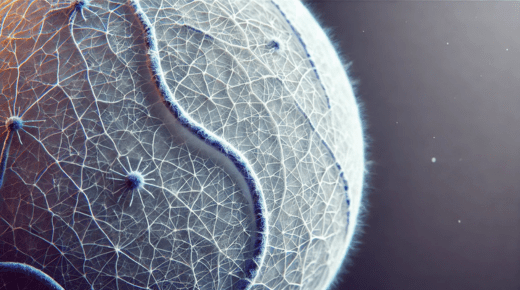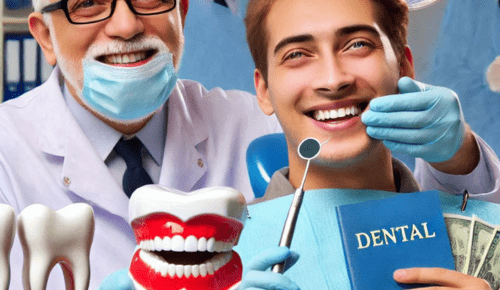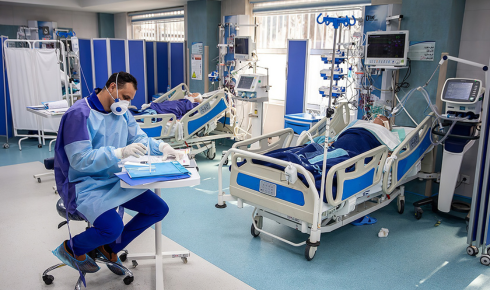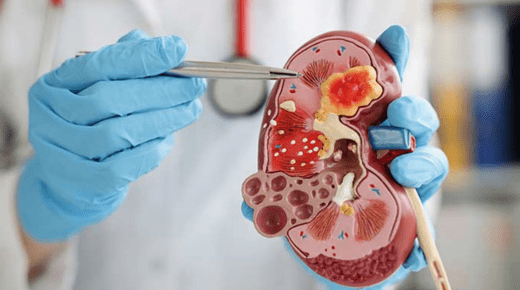When it comes to vascular health, two common conditions often come up in conversations: spider veins and varicose veins. While both are related to blood vessels and can occur simultaneously, they are distinct conditions with different characteristics, causes, and treatment options. Understanding the differences between spider veins and varicose veins is essential for recognizing the right course of action for treatment and care.
What Are Spider Veins?
Spider veins, also known as telangiectasias, are small, thin blood vessels that appear just beneath the surface of the skin. They can take on a red, blue, or purple color and often resemble a spider’s web or tree branches, hence the name. Spider veins are usually found on the legs, face, and other areas of the body.
Causes of Spider Veins
The development of spider veins can be attributed to several factors:
- Genetics: A family history of spider veins may increase your likelihood of developing them.
- Hormonal Changes: Hormonal fluctuations during pregnancy, menstruation, or menopause can contribute to the formation of spider veins.
- Prolonged Sitting or Standing: Occupations that require long periods of standing or sitting can lead to increased pressure in the veins, promoting the development of spider veins.
- Sun Exposure: Overexposure to the sun can weaken the skin and lead to spider vein formation, particularly on the face.
Symptoms of Spider Veins
Spider veins are typically asymptomatic but may occasionally cause discomfort or aching in the affected areas. They are primarily a cosmetic concern, and while they do not pose significant health risks, some individuals may seek treatment for aesthetic reasons.
What Are Varicose Veins?
Varicose veins are larger, swollen veins that often appear dark blue or purple. They can be raised and bulging, frequently found in the legs and ankles. Varicose veins occur when the valves in the veins become weakened or damaged, leading to blood pooling and the veins stretching.
Causes of Varicose Veins
Several factors contribute to the development of varicose veins:
- Genetics: Similar to spider veins, a family history of varicose veins can increase your risk.
- Age: As we age, the veins may lose elasticity, making it more difficult for them to effectively push blood back to the heart.
- Hormonal Changes: Hormonal fluctuations during pregnancy, menopause, or hormone replacement therapy can weaken vein walls and lead to varicose veins.
- Obesity: Excess weight places additional pressure on the veins, increasing the risk of varicose veins.
- Previous Injuries: Past injuries to the legs can damage the veins and contribute to varicose vein formation.
Symptoms of Varicose Veins
Varicose veins can cause various symptoms, including:
- Aching or heaviness in the legs
- Swelling around the ankles and feet
- Cramping or throbbing sensations
- Itching or burning near the affected veins
In some cases, varicose veins can lead to more severe health issues, such as blood clots or skin ulcers, making early intervention essential.
Key Differences Between Spider Veins and Varicose Veins
While spider veins and varicose veins share some common causes, they have several distinct differences:
1. Size and Appearance
- Spider Veins: These are small, thin, and often appear in a web-like pattern. They typically do not bulge above the skin’s surface.
- Varicose Veins: Varicose veins are larger, swollen, and bulging. They can be easily seen and often protrude significantly from the skin.
2. Location
- Spider Veins: Commonly found on the legs and face, spider veins can develop anywhere on the body.
- Varicose Veins: Primarily located in the legs and ankles, varicose veins are less likely to appear on other parts of the body.
3. Symptoms
- Spider Veins: Generally asymptomatic, spider veins may cause minimal discomfort but are mainly a cosmetic concern.
- Varicose Veins: Varicose veins often cause symptoms such as pain, swelling, and heaviness in the legs, requiring more attention and possible treatment.
4. Treatment Options
- Spider Veins: Treatment options for spider veins typically include laser therapy, sclerotherapy, and intense pulsed light therapy (IPL). These methods focus on cosmetic improvement.
- Varicose Veins: Treatment for varicose veins may involve more comprehensive approaches, such as sclerotherapy, laser treatment, radiofrequency ablation, or surgical options for severe cases.
Understanding the differences between spider veins and varicose veins is crucial for effective diagnosis and treatment. While both conditions can affect an individual’s self-esteem, varicose veins may require more urgent medical attention due to their associated symptoms and potential complications. If you suspect you have either condition, consult with a healthcare professional to discuss your concerns and explore the most suitable treatment options for your needs.
At Varix Clinic, we specialize in diagnosing and treating vascular conditions. Our experienced team is here to help you achieve clearer, healthier skin while addressing any discomfort you may be experiencing. Don’t let spider veins or varicose veins hold you back—schedule a consultation today and take the first step towards improved vascular health! Find your specialist cardiologist or vascular surgery.




